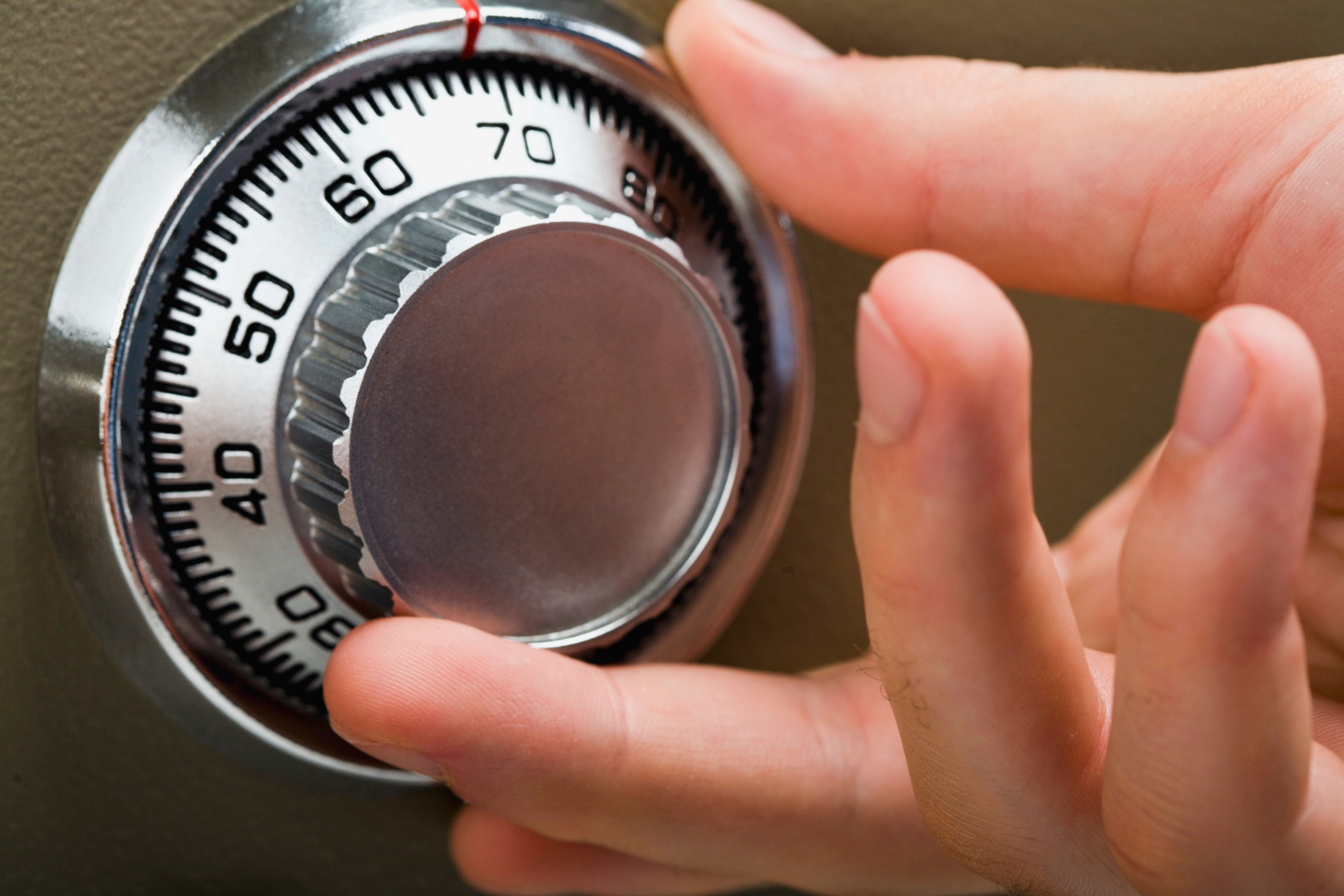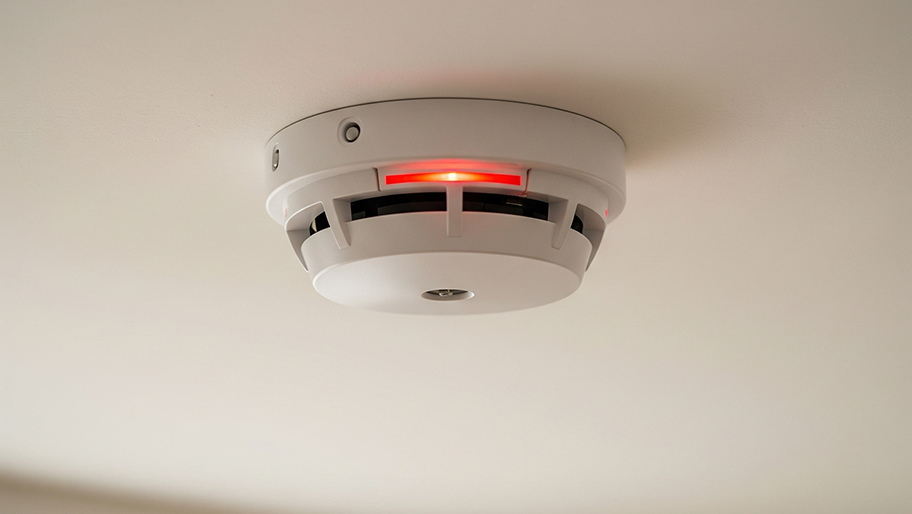
From warding off intruders to protecting from falls, bars on windows can make a home much more secure. Here’s how much it costs to install bars on windows.
Bolster home security with easy-to-install burglar bars


When would-be intruders target homes, they look for ways to get in quickly without attracting attention. One of the simplest ways to get burglars to skip your house is to secure basement windows with metal security bars. This inexpensive, low-tech solution is available at most home improvement stores. In this guide, you’ll learn how to install bars on windows yourself.
When it comes to this home security upgrade, you have to be handy to get the job done. Before you're ready to install burglar bars, you'll need the exact measurements of each window. Measure width and height from inside the window, stretching your tape measure between both sides of the frame and from the top of the frame to the sill.
Interior-mounted bars should fit snugly within the window frame with a half-inch clearance. Exterior-mounted bars should be a few inches longer and wider than the window. Non-standard windows may require custom bars. No matter what model you choose, ensure that it conforms to local building codes. Most municipalities require a clear escape path in the event of a fire. So if you’re using this as a backyard security solution, make sure you have a plan in place in case of an emergency.

Position the bars in the window and use a spirit level to ensure that they're level both vertically and horizontally. (You may need a partner to help with this step.) With a pencil, mark the position of all holes in each mounting bracket.
Use your drill to put a pilot hole on each pencil mark. If you're mounting the bars on brick, stone, or masonry, use a half-inch masonry bit to create a large enough hole for a conical screw anchor. To prevent the bit from overheating, drill slowly and periodically dip it in a bowl of water.
Once your holes are about an inch deeper than the length of your screws, hammer a screw anchor into each hole.

Reposition the bars as you did in the first step and drive non-reversing security screws into each hole to mount the bars securely. Using security screws is a great home security tip that will keep burglars from being able to remove the bars themselves.
It may cost as little as $200 to purchase and install window bars for a DIY project. Your actual cost will depend on the type and size of bars you choose. Doing it yourself will save you about $150 per window in labor costs. However, there are several reasons why you may wish to trust a local window installer or security company with your burglar bar installation.
For window bars to be effective, precise placement and adherence to local housing codes are a must. Otherwise, your window may be less secure and far more dangerous. Mistakes can make it difficult or even impossible for people to escape through a barred window during a fire or other emergency. On average, the cost to install bars on windows with a professional is $940.
Raven and crew does absolutely fantastic job. They are very professional if any concerns were to occur with any of her work she always took responsibility and finished out with a great job. I have worked with her business for a year and have always been satisfied. Very trusted business and...
I had Ace Fireplace Services install custom chimney caps for my home, and the results are stunning. They fit like a glove and have added a touch of sophistication to my chimney. I can't recommend their services enough.
Our homes curb appeal skyrocketed thanks to Custom Paint Jobs LLC s exterior painting.
Maple Tree Service should serve as a mentor for other business! Customer service was superior and beyond expectation. Response to request was prompt. The representative was very courteous and proud of the company. Quote was given during initial visit and work date established. A follow up...
We used Unique Hardwood Floor LLC three years ago to work on the floors of a 70 year old home that needed a great deal of work. Some floors needed repairs, some were replaced and others just needed to be refinished. It was a complicated job as they needed to blend the old and the new to...
I was contacted within a day of posting, met with Alfredo within days, who scheduled a cleaning next day. Gigi and a team member worked quickly and efficiently to give my home a thorough cleaning. I am recuperating from an extended illness and have been unable to keep up with my cleaning or...
Bill Gerhardt sold the company to his employees at the end of 2019, apparently without a workable succession plan and without notifying prospective customers of this fact. Most aspects of the maintenance contract have not been fulfilled: no installation of anual plantings per contract, no...
Joe was awesome. His work was impeccable and he was truly professional in every way. I would recommend him to anyone I meet! I’ve got his number in my phone and would not hesitate to call him for any of my home needs.
Dan Dragin and his team at All American Moving & Storage are the best movers in town! They are very careful with your property and respect your home. I have had them move both my home and office 5 times over the last 10+ years and they are amazing! You can't go wrong with these guys. Their...
his summer it was time... after building my home in 2010 I didn't think I would need to replace my windows for a while, but about 3/4 years after we moved in, our windows started fogging up. Our energy bills weren't too bad, however we knew our current windows were not efficient. So the...
From average costs to expert advice, get all the answers you need to get your job done.

From warding off intruders to protecting from falls, bars on windows can make a home much more secure. Here’s how much it costs to install bars on windows.

Discover wall safe installation cost details. Learn about average prices, key cost factors, and tips to save on your wall safe project.

Motion-sensor lighting costs vary greatly because they have so many customizations available. Learn more by using this cost guide about motion-sensor lights.

If your security lights aren’t working the way you expect, you may need to troubleshoot. Learn how to reset a motion detector flood light with this guide.

Don't ignore your smoke detector if it has flashing red lights. It could indicate a problem that needs immediate attention. Here's how to tell what to do.

Learn how to install a doorbell camera—whether it’s wired or wireless—with this guide. Know the steps so you can decide whether to DIY the job or hire a pro.